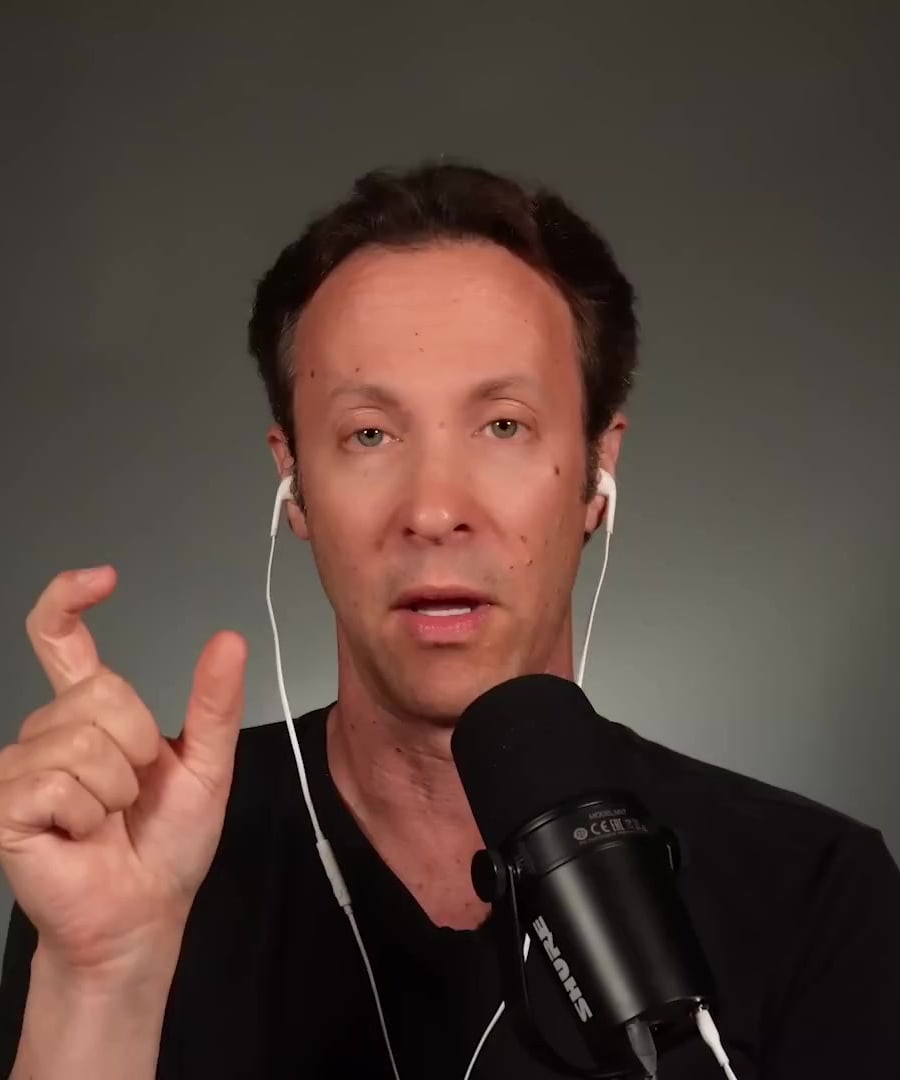Acupuncture tendinopathy
Sources:
There was no specific expert discussion found on acupuncture as a direct treatment for tendinopathy in the retrieved clips. However, experts have discussed acupuncture in various contexts concerning fertility and general muscular relief. Here is a brief summary of what was discussed:
-
Fertility Improvement: Acupuncture was highlighted for its potential to improve fertility both in males and females. It impacts both the mechanical and chemical environments, contributing to improved sperm quality, hormone production, and potentially enhancing the likelihood of pregnancy 1.
-
Muscle and Pain Relief: A discussion by Dr. Ralph Esposito explained the difference between acupuncture and dry needling, not directly linked to tendinopathy but relevant for understanding how acupuncture might aid in muscle relaxation. In acupuncture, practitioners aim to activate the parasympathetic nervous system and aid in overall relaxation and decompression 2.
For questions directly related to tendinopathy treatment, you might want to consult healthcare professionals who specialize in sports medicine or physical therapy, as the current data retrieved does not cover this specific application of acupuncture.
RELATED QUESTIONS-
What are alternative treatments for tendinopathy?
Sources:
For tendinopathy, various alternative treatments have been discussed by experts, focusing primarily on different forms of physical exercise and rehabilitation techniques:
-
Strength Training: Emphasized as a vital part of treating tendinopathy, heavy slow resistance training is particularly beneficial. By loading the tendon with weight slowly, it helps in the recovery process. For example, one might perform calf raises with significant weight and slowly to treat Achilles tendinopathy 1.
-
Plyometrics: Depending on the severity and symptoms of the tendinopathy, plyometric exercises can be beneficial. These are dynamic and involve jumping and hopping, which help load the tendon beneficially 1.
-
Isometrics: For more symptomatic or reactive tendinopathy, holding positions statically (like a weighted calf raise without movement) can help. This method loads the tendon without stressing it through movement 1.
-
Manual Therapy & Dry Needling: Manual therapy techniques like dry needling can be effective in treating muscular issues related to tendinopathy, providing pain relief and breaking the pain cycle to allow for effective rehabilitation 2.
-
Natural Supplements: Supplements like turmeric and omega-3 fatty acids may also offer some anti-inflammatory benefits, which can support the healing process in the context of a healthy lifestyle, although their effectiveness varies based on overall health and inflammation levels 3.
-
Prolotherapy and PRP (Platelet-Rich Plasma): These are more intensive treatments that involve injections to induce a local inflammatory response, promoting healing. Their effectiveness can depend significantly on the overall health condition of the patient and the quality of the involved tendon 3.
These treatments should ideally be paired with a rehabilitation plan that respects the individual's unique health profile and symptoms. Consulting with healthcare professionals, such as a physical therapist or sports medicine specialist, is crucial for tailored treatment plans and optimal outcomes.
RELATED QUESTIONS-
Dry needling tendinopathy
Sources:
Dry needling for tendinopathy is a treatment option discussed by healthcare professionals, operating under the theory that it triggers a local healing response by irritating the tissue, or specifically the muscle or tendon concerned. This irritation is intended to kickstart the body's own healing mechanisms 1. However, the effectiveness of dry needling is debated.
Experts like emphasize that while interventions like dry needling might provide temporary relief or assist in calming down symptoms, they should not be regarded as a definitive or quick fix. The individual responses to such treatments can vary greatly, and sometimes the improvements might coincide with the body's natural recovery process rather than being directly caused by the treatment 2.
For some individuals, dry needling has not proved beneficial and has even resulted in increased pain, demonstrating that it might not be suitable for everyone. Jimmy Picard shared a personal experience where dry needling exacerbated his injury, leading to significant pain and immobilization 3.
Thus, while dry needling could be a part of the treatment strategy for tendinopathy, it is crucial to approach it with caution and consider other supportive therapies and interventions. Staff like physical therapists have perspectives that are valuable in making a holistic treatment plan 4.
RELATED QUESTIONSWhy do we dream
Sources:
Dreams have been a subject of fascination and study across various disciplines. Here's a summary based on insights from trusted experts:
-
Defense Mechanism for the Visual Cortex: , a neuroscientist, proposed a groundbreaking theory that dreaming serves as a defense mechanism for our visual cortex during periods of darkness. This helps in rewiring our brain to adapt to sensory deprivation, ensuring that the visual areas remain active and are not overtaken by other sensory modalities () 1.
-
Memory Consolidation and Creativity: According to , during REM sleep, the brain consolidates memories and creates new associations between them. This activity can foster creativity and help solve problems, essentially acting like "overnight therapy" () 2.
-
Emotional Processing and Healing: Both and delved into how dreaming plays a role in emotional processing, particularly in contexts such as PTSD. Dreams allow the brain to process emotional experiences in a safe and abstract environment, which can be therapeutic () 3.
-
Screen Saver Hypothesis: suggests that dreaming acts like a 'screen saver', randomly activating the visual cortex to keep it occupied and protect it from being repurposed for other sensory processes during the dark, when vision is less useful () 4.
These insights offer a deeper understanding of the multifaceted purposes of dreaming, ranging from biological defense to psychological therapy and creative problem solving.
-


